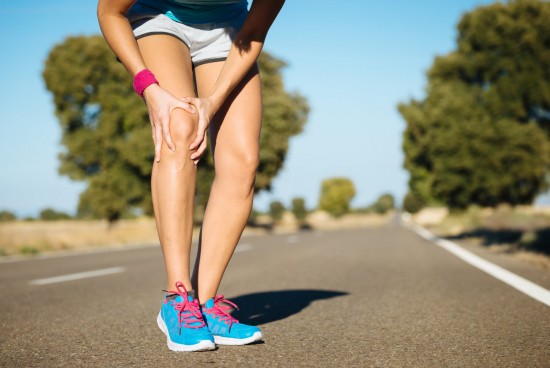|
Knee osteoarthritis is a painful condition for which painkillers can only do so much. Thankfully, some light, low-impact walking may be a fantastic way for many people with osteoarthritis to reduce pain and stiffness.
Osteoarthritis is the most common type of knee arthritis and is prevalent among the elderly. The condition is degenerative and is usually characterised by sharp, burning knee pain as well as stiffness and sensitivity, especially in cold weather. The condition attacks and progressively wears away at the joint cartilage of the knee over time.

While painkillers are sometimes a suitable method for managing some or most of the pain of knee osteoarthritis, they unfortunately don’t have any effect on its progression. Walking, on the other hand, seems not only able to take away pain and stiffness, but to actually slow the progression of osteoarthritis in those who have it and to prevent it in those who do not.
In a 2014 study published in Arthritis Care & Research, researchers found that 6,000 steps a day was able to improve the symptoms of knee osteoarthritis in participants who suffered from the condition, and to prevent it in participants who were at risk.
Why Walking Helps
There are many reasons why walking has such a protective effect against the progression and development of knee osteoarthritis. The first is that it simply provides the joint with light movement and exercise. Not moving a joint enough is usually a direct contributing factor to the development of pain and stiffness.
The low-impact exercise provided by walking also helps to strengthen all of the muscles around the knee, taking a lot of the stress off the joint itself. Strong leg muscles provide strong support for the knee, protecting against cartilage wear. Light exercise is also helpful for maintaining bone strength.
Additionally, walking can be a good way to maintain and potentially even lose weight. This is important for people who have or are at risk for knee osteoarthritis because less weight means significantly less pressure and stress on the knee.
How to Start Walking More Every Day
While more movement and more steps are good for knee osteoarthritis, jumping right into 6,000 steps a day (about an hour of walking) can be difficult if you haven’t been moving much. Be kind to your knees and to yourself and start slowly. Take shorter walks multiple times a day if you have to until you can work your way up to a solid hour.
Don’t be disappointed if your progress is slow. The authors of the study discussed above found that adding even as little as 1,000 steps a day on top of their usual steps provided participants with some pain and stiffness relief.
There are many places you can walk, such as in the neighbourhood, around a mall, or maybe even out of town if there are nice parks near you. Consider purchasing a treadmill that you can use if the weather is bad or if you just don’t feel like heading out some days.
The key to finding relief from the pain and stiffness of knee osteoarthritis through walking is simply to put one foot in front of the other, no matter how few steps you’re able to take at first. Over time, you’ll notice that not only are you capable of walking further, but that your knees feel better as well.
|